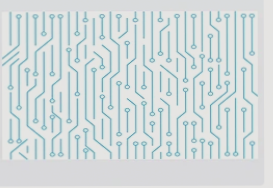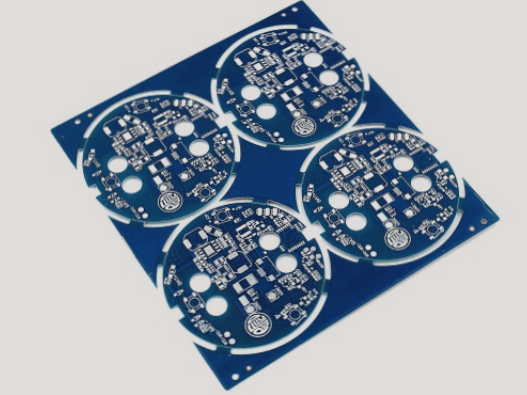There are numerous operational guidelines for PCBA processing. For instance, the workbench must be free of unrelated debris, maintained in a clean state, and PCBA patches should never be handled directly by hand. It’s essential to adhere strictly to the established processes, and understanding the processing steps is crucial. Regular maintenance of equipment and familiarization with commonly used labels are also important. I will now provide a detailed overview of these relevant topics.
1. The operational guidelines for PCBA processing
1. Food and beverages are not permitted in the PCBA work area; smoking is prohibited. Additionally, avoid placing any unrelated items on the workbench, ensuring it remains clean and organized.

2. During PCBA processing, the soldered surfaces must not be touched with bare hands or fingers. The oils secreted from human skin can compromise solderability and lead to defects in welding.
3. The operational steps for PCBA and components should be minimized to mitigate risks. In assembly areas where gloves are required, it is essential to replace soiled gloves frequently to prevent contamination.
4. Avoid applying skin-protecting oils or silicone-based detergents on hands, as these can adversely affect solderability and the adhesion of conformal coatings. There are specific detergents available that are formulated for PCBA soldering surfaces.
5. For components sensitive to EOS/ESD and PCBAs, it is crucial to label them appropriately to prevent mixing with other components. Furthermore, to safeguard sensitive components from ESD and EOS risks, all assembly and testing should be conducted on workbenches designed to manage static electricity.
6. Regularly inspect EOS/ESD workbenches to ensure they function properly (anti-static). Risks to EOS/ESD components can arise from improper grounding techniques or oxidation in grounding connections. Therefore, particular attention should be given to the connections at the “third line” grounding terminal.
7. Avoid stacking PCBAs, as this can lead to physical damage. The assembly work surface should be equipped with various specialized racks, organized by type.
In PCBA processing, adherence to these operational rules is imperative. Proper execution can ensure the final application quality of the product, minimize component damage, and reduce costs.
2. Precautions for PCBA processing:
1. Familiarize yourself with the common labels of the placement machine before operation.
2. Prior to starting the placement machine, the operator should perform a thorough inspection of the equipment.
3. Strictly follow the startup procedure for the placement machine, ensuring that detailed operating instructions are available.
4. Troubleshoot and maintain the placement machine in a timely and regular manner.
5. PCBA processing of medical equipment mainboards involves handling the encoded image file in the JPEG file interchange format.
—
Let me know if you need any more help!
1. The operational guidelines for PCBA processing
1. Food and beverages are not permitted in the PCBA work area; smoking is prohibited. Additionally, avoid placing any unrelated items on the workbench, ensuring it remains clean and organized.

2. During PCBA processing, the soldered surfaces must not be touched with bare hands or fingers. The oils secreted from human skin can compromise solderability and lead to defects in welding.
3. The operational steps for PCBA and components should be minimized to mitigate risks. In assembly areas where gloves are required, it is essential to replace soiled gloves frequently to prevent contamination.
4. Avoid applying skin-protecting oils or silicone-based detergents on hands, as these can adversely affect solderability and the adhesion of conformal coatings. There are specific detergents available that are formulated for PCBA soldering surfaces.
5. For components sensitive to EOS/ESD and PCBAs, it is crucial to label them appropriately to prevent mixing with other components. Furthermore, to safeguard sensitive components from ESD and EOS risks, all assembly and testing should be conducted on workbenches designed to manage static electricity.
6. Regularly inspect EOS/ESD workbenches to ensure they function properly (anti-static). Risks to EOS/ESD components can arise from improper grounding techniques or oxidation in grounding connections. Therefore, particular attention should be given to the connections at the “third line” grounding terminal.
7. Avoid stacking PCBAs, as this can lead to physical damage. The assembly work surface should be equipped with various specialized racks, organized by type.
In PCBA processing, adherence to these operational rules is imperative. Proper execution can ensure the final application quality of the product, minimize component damage, and reduce costs.
2. Precautions for PCBA processing:
1. Familiarize yourself with the common labels of the placement machine before operation.
2. Prior to starting the placement machine, the operator should perform a thorough inspection of the equipment.
3. Strictly follow the startup procedure for the placement machine, ensuring that detailed operating instructions are available.
4. Troubleshoot and maintain the placement machine in a timely and regular manner.
5. PCBA processing of medical equipment mainboards involves handling the encoded image file in the JPEG file interchange format.
—
Let me know if you need any more help!




